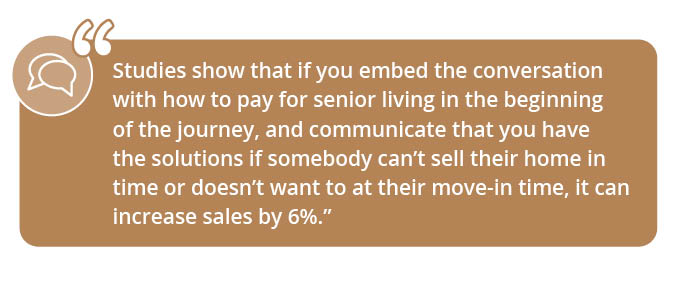What is Artificial Intelligence?
AI (Artificial Intelligence) refers to the ability of a machine to perform tasks that would normally require human intelligence, such as decision-making, pattern recognition, and language processing. It involves the development of systems that can perform tasks that would typically require human intelligence, such as recognizing patterns in data, making decisions based on data, and understanding natural language.
This description above was actually written by AI itself. The broad definition of AI is that it’s a machine doing something that would traditionally depend on humans to execute. AI works independently and does not require our input to run. That doesn’t mean humans didn’t help build it, but that it operates autonomously without any human interaction. The ways we can leverage this technology are, at their core, in decision-making, pattern recognition, and language processing. Today I’d like to talk about how those things can be applied in the healthcare and senior living spaces.
Applications of AI in Healthcare
AI is being used in healthcare to help diagnose diseases, improve patient outcomes, and reduce costs. For example, AI algorithms are being used to analyze medical images to aid in the early detection and diagnosis of cancers and other diseases.
Here are a couple of examples:
Covera Health is utilizing proprietary technology that combines advanced data science and AI to provide practitioners with more-accurate symptom data when making a decision that will have a major impact on a patient’s life.
PATH AI creates AI-powered technology for pathologists. Their machine learning algorithms help pathologists analyze tissue samples and make more-accurate diagnoses.
As we think about the broader healthcare space, there are many applications of AI currently, ranging from process to clinical improvement. All of those same advantages will continue to trickle down into aging services. A lot of the benefits are already being pushed into the clinical services side of senior living. One big area has been fall prevention, and that is some of the work we’ve done at WildFig, which is very exciting. But the benefits of AI go far beyond just the clinical support.
Applications of AI in Aging Services
There are so many interesting ways that AI can impact all of senior living — not just on the clinical side, but in operations, sales and marketing.
Health and Wellness Monitoring
AI-powered devices monitor the health and wellness of seniors in real-time. This helps seniors stay independent for longer and ensures that any health issues are addressed promptly.
The tools and sensors used in this monitoring are oftentimes expensive, but can have very dramatic results. Health and wellness monitoring is a combination of new innovations in the internet of things, as these devices can monitor the health and wellness of seniors in real-time. There’s an incredible amount of value in that.
Fall Detection and Prevention
Al technologies can detect and predict fall events, which reduces the risk of injury and provides peace of mind for both seniors and their loved ones.
At WildFig, we have been working on fall detection and prevention for several clients. Not every application of AI has to be a part of a tool or device. AI works in the background, and we’ve been working on back-end ideas, passively collecting data, whether through wellness programming, wearable devices like Fitbits, or even your phone. There’s an enormous amount of data out there that can be leveraged. As we all know, falls are a huge challenge that limit active living and compromise life spans as a result. So we don’t only want to monitor the falls themselves, but get ahead of them beforehand. We’ve worked with a number of communities to gather information about individuals’ gaits. Tracking that data regularly can be valuable in aggregate. If you can monitor the risk week over week, and start to see the degradation of an individual’s gait weeks, or even months, before a fall actually happens, it’s so powerful.
Personalized Care
The scalability of AI can be leveraged to personalize care plans for seniors based on their individual needs and preferences. This can improve the quality of care and help seniors maintain their independence.
AI is exceptionally good at keeping track of lots of the details humans would normally miss. Actively monitoring and looking for changes in weight, number of calls, and other factors can create an enormous amount of personalization, and change the quality of care we can provide.
Social Engagement
AI is increasingly seen as a tool that can help seniors stay connected with family and friends, reducing isolation and loneliness. We can track social engagement so we can be sure that seniors aren’t getting isolated.
Predictive Analytics
This broad category of algorithms can be used to analyze data from communities to identify trends and predict potential issues. This allows everyone from providers to caregivers to improve quality of life and be more effective with limited resources.
If we look at the potential of predictive analysis in AI, it doesn’t only have to do with residential experience, but also operational experience. If you can automate things like lead scoring and the path analysis to conversion, the process can provide a whole wealth of tools that can power what we can do, and how we can operate our organizations in more effective ways. Using predictive analytics, we can personalize everything from the resident experience to sales and marketing.
Interested in learning more about using AI for predictive analysis at your community? Contact me at .











